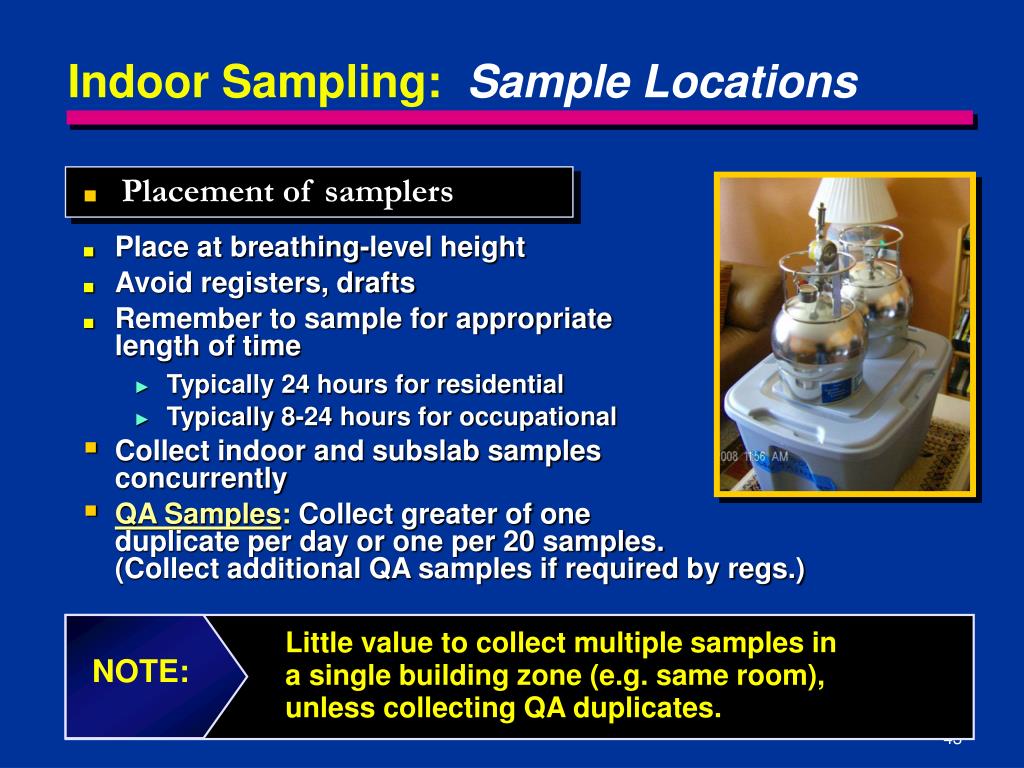

The MnCl2 altered amino acid metabolism, which affects RNA metabolism and protein synthesis. Even though these cells have been chemically and genetically modified, which may limit the significance of our findings, we discovered that by using RA-differentiated cells instead of undifferentiated SH-SY5Y cell line, both chemical species induce a similar toxicity, potentially governed by disruption of protein metabolism, with some differences. To better understand it, we exposed a human neuroblastoma cell model (SH-SY5Y) to two Mn chemical species, MnCl2 and Citrate of Mn(II) (0–2000 µM), followed by a cell viability assay, transcriptomics, and bioinformatics. Manganese (Mn) is an important element yet acute and/or chronic exposure to this metal has been linked to neurotoxicity and neurodegenerative illnesses such as Parkinson’s disease and others via an unknown mechanism. Manganese exposure reduction through more efficient ventilation systems, reducing welder’s exposure time, staff training, and appropriate respiratory protection equipment should be applied to reduce manganese exposure among welders and prevent health complications. Conclusions: Welders are at risk of contamination with manganese. Also, with each year of work experience, the manganese concentration in the welders’ blood increased by 1.5%.

There were strong and significant correlations between the welding respirable particles and manganese concentration in welders’ breathing zone and blood manganese levels. Average manganese was significantly higher in the welders’ blood (0.16 ± 0.02 µg/mL) than in the controls’ blood (0.04 ± 0.002 µg/mL). Result: The mean concentration of welding respirable particles and manganese fumes were 9.56 ± 1.67 and 0.45 ± 0.08 mg/m3, three and 22 times the exposure limit recommended by ACGIH, respectively. The significance level was set at P < 0.05. Data were analyzed using Pearson correlation coefficient, one-sample t-test, paired t-test, and logistic regression. Statistical analysis was performed with MINITAB 17. Air and blood sample analyses were carried out by ICP-OES. Manganese concentration in air was measured according to NIOSH method 7301. Methods: In this descriptive-analytical cross-sectional study, 35 welders were enrolled as the exposed group and 40 office workers as the control group. Objectives: The current study aimed to measure manganese produced by shielded metal arc welding (SMAW) in the breathing zone air and blood of welders and investigate the relationship between manganese concentrations in air and blood. Exposure to manganese fumes during welding can harm welders' health.

The results of this study can confirm the effect of manganese inhalation on creating neurobehavioral and neurocognitive impairments in welders.īackground: Manganese (Mn) is an essential element for the human body, but it can cause adverse effects on the Central Nervous System at high doses. There were statistical moderate and strong correlations between the frequency of neurobehavioral symptoms and manganese concentrations in the BZ (r=0.504) and blood Mn levels (r=0.643).The Pearson correlation coefficient (r=0.433-0.690) obtained on the psychological tests showed a moderate to strong correlation between manganese concentrations in the welders' BZ and blood and some indices of the Stroop test and CPT. Spearman correlation test showed a moderate correlation between Mn concentrations in the BZ and blood Mn levels (rs = 0.352). Frequency of neurobehavioral symptoms was significantly higher in welders compared with control group. Average concentration of manganese in the welders' BZ and blood was 0.81 ± 0.21 mg/m3 and 18.33 ± 5.84 µg/l. Sampling and analysis of manganese fumes in the BZ and blood samples were performed according to NIOSH-7300 and NIOSH-8005 methods, respectively. The computerized Stroop test and Continuous Performance Test (CPT) were used to assess neurocognitive functions. Q16 questionnaire was used to evaluate neurobehavioral symptoms. In this study 38 welders and 27 administrative employees participated. This study aimed to measure concentrations of manganese fume in breathing zone (BZ) and blood among welders to assess neurocognitive and neurobehavioral functions among them.


 0 kommentar(er)
0 kommentar(er)
